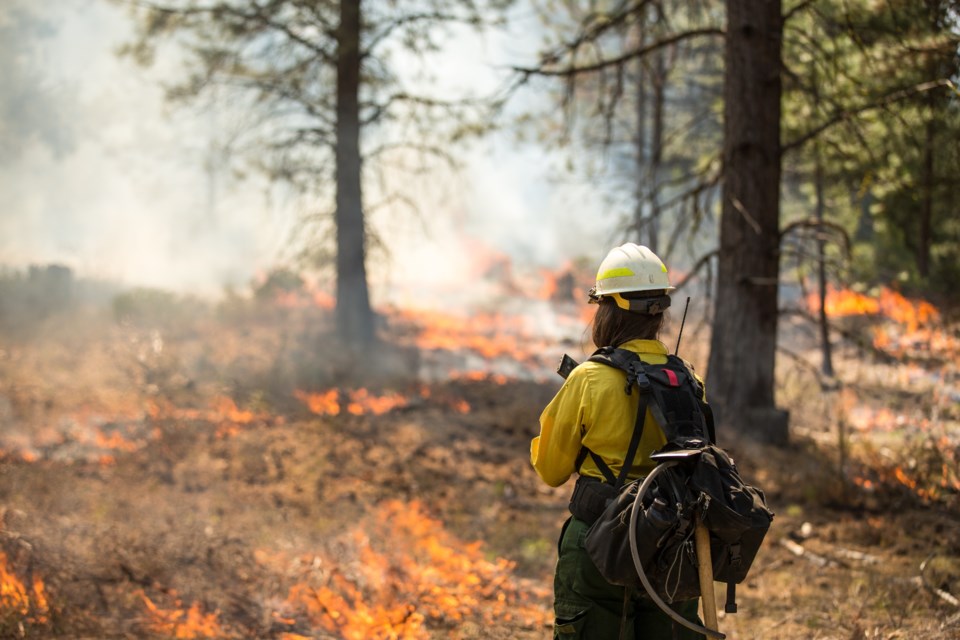Our climate and weather are changing, with wind storms, heat waves, drought and extreme weather events becoming more common. Communities, infrastructure and natural systems are increasingly at risk from these events.
In an ongoing effort to better adapt to the negative effects of climate change, the City of Greater Sudbury recently approved the Community Climate Change Adaptation Plan (CCCAP) that includes actions to help the community be prepared.
The Climate Risk Institute (CRI) has played an important role in the City’s response to climate change by providing essential data, advice and networking opportunities. CRI is a non-profit organization affiliated with Laurentian University. CRI’s aim is to help governments and the private sector understand the multiple climate-driven risks they face as the climate continues to warm, and to make necessary changes to adapt and prepare for more extreme weather and longer-term shifts in climate.
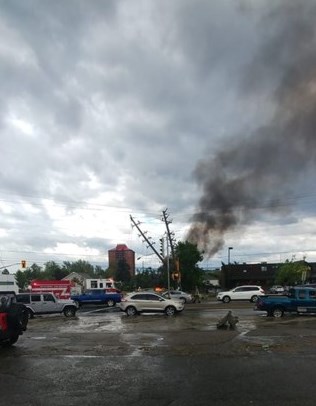
Originally established and currently headquartered here in Greater Sudbury, CRI staff located across Canada work collaboratively with Canadian and international partners to improve resilience through training and direct planning support. CRI’s website contains a range of resources for climate change information and most importantly climate data, including Greater Sudbury’s historical weather data.
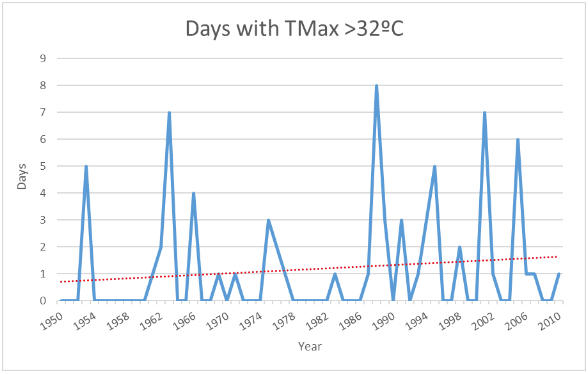
Weather vs. climate
Understanding the difference between weather and climate is a good place to begin learning about climate change, according to Claire Sanders, CRI’s Manager of Engagement and Communications. “The main difference between weather and climate is time. Weather refers to day-to-day changes in the atmosphere, whereas climate describes the average weather patterns over a long period of time, typically measured over 30-year periods.”
“While weather can be unpredictable over minutes, hours, days and weeks, climate gives us a broader picture of what to expect in terms of typical weather patterns and trends. One way of putting it: the weather is what you dress for each morning, climate is what influences the type of clothes you have in your wardrobe.”
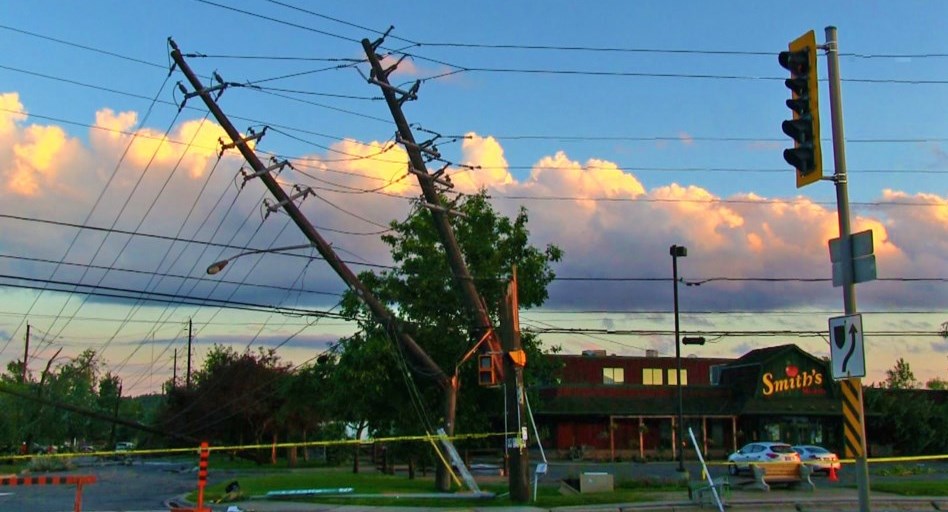
Climate change is already bringing noticeable changes to the region, says Sanders. Some of the biggest include:
- Rising temperatures, resulting in longer and hotter summers. This means more heat waves and the potential for drought and longer wildfire seasons.
- The amount and timing of rainfall. This is leading to more intense rainstorms and an increased risk of flooding. Heavier downpours could lead to overflowing rivers and streams and inundate stormwater systems, leading to flooded basements.
- The thawing of permafrost further north in Ontario. This can affect infrastructure, like roads and buildings, potentially causing them to become unstable. Warming temperatures could also lead to less reliable ice-road systems, which affect many First Nations communities.
- Changes in ecosystems. Certain plants and animals may struggle to adapt to new conditions. While some species may be able to shift their ranges, others may not be able to find suitable habitats.
- Economic and social consequences. Industries such as forestry, agriculture and tourism may be affected, requiring adjustments to adapt to the changing conditions.
- Increased illnesses and diseases. Vector-borne diseases like West Nile Virus and Lyme Disease move northward as temperatures warm. Other pathogens such as blue-green algae may also become more prevalent.
Online tools are available to anyone interested in learning more about the current and expected future changes in climate for Greater Sudbury and across Canada.
“ClimateData.ca and ClimateAtlas.ca both combine climate science and mapping to help us all understand what to expect in the future so we can work together to plan and prepare for the impacts of a changing climate,” says Sanders.
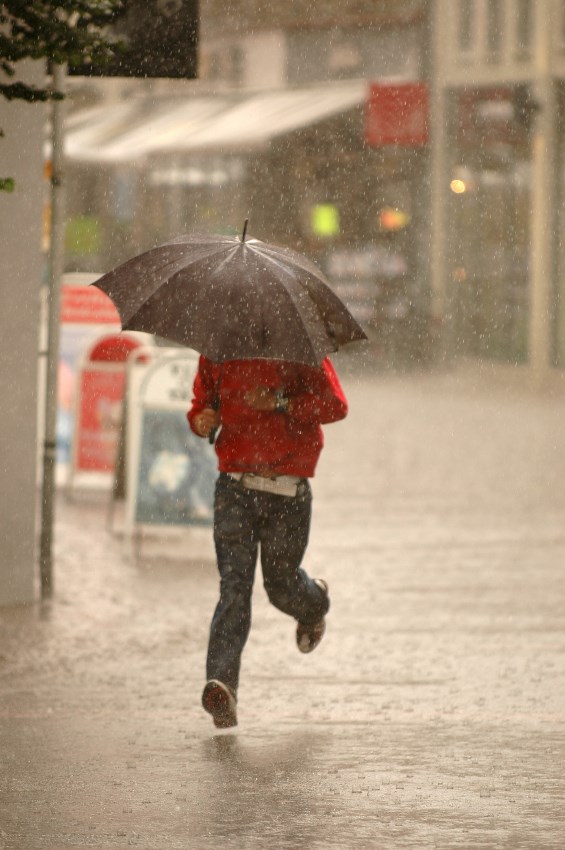
Climate change adaptation = preparing for change
Climate change adaptation refers to the process of adjusting and responding to the impacts of climate change to reduce vulnerability and build resilience. It involves identifying and implementing strategies, measures and actions to manage the risks and challenges posed by changing climate conditions.
Suzanne Seiling, Project Manager at CRI, explains that the work focuses on preparing communities, ecosystems, infrastructure and various sectors to cope with current and projected impacts of climate change.
- For a municipality, examples of climate adaptation might include examining how increased rainfall will affect water and wastewater systems and ensuring they can offer emergency services, like cooling centres, to protect vulnerable populations during extreme heat or days when air quality is very poor. The CCCAP has an extensive action plan with examples of how Greater Sudbury can be more resilient.
- For a resident, climate adaptation could include cleaning gutters more regularly to reduce flooding around their house, having a 72-hour emergency kit stocked and ready, or taking fire-smart actions to reduce wildfire risk for those closer to forest-urban boundaries. The City of Greater Sudbury’s Strong Neighbours project is meant to encourage neighbour-led climate adaptation action.
The Canadian Centre for Climate Services hosts a Map of Adaptation Actions where you can explore the range of adaptation actions happening all over Canada.
“Climate change adaptation helps protect us from the negative effects of climate change, like extreme weather. It helps us prepare for future emergencies and disasters, keeps our buildings and infrastructure working properly, and protects residents’ health, their homes and their businesses,” Seiling says. “By investing in adaptation, communities can save money in the long run by avoiding expensive emergency responses, repairs and reconstruction efforts.”
Adds Seiling, “It can also help us protect our natural heritage and biodiversity by identifying actions to ensure the long-term health of local ecosystems. The adage ‘an ounce of prevention’ applies here. We can save ourselves the very real hardship and costs of dealing with the aftermath and recovery of climate events if we plan and adapt.”
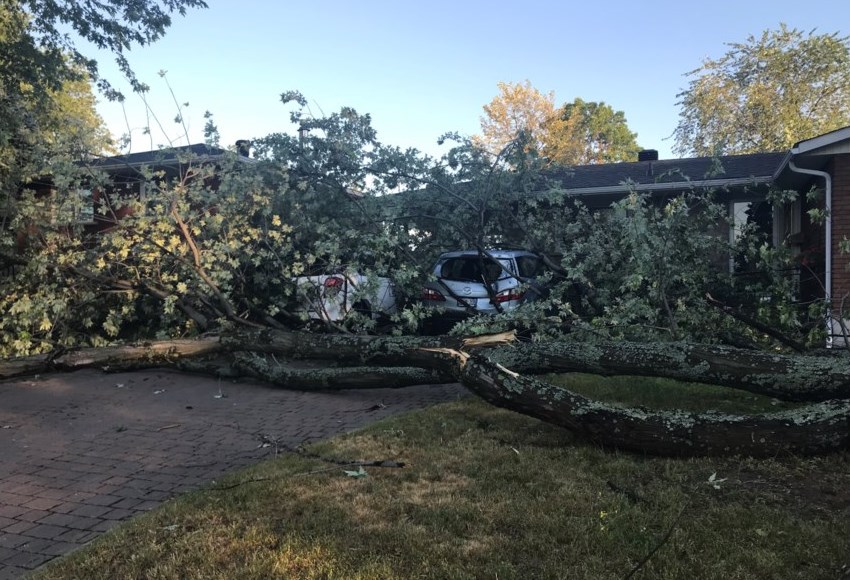
Sustainable living
“At the same time as we prepare for the impacts of climate change—that we’re already seeing or know we’ll see in the coming decade—we must continue to work together to reduce our greenhouse gas emissions to avoid even more severe impacts in the longer term,” says Paul Cobb, CRI’s Manager of Training Services.
Many communities, including Greater Sudbury, have energy and emissions plans, which are long-term strategies to reduce carbon emissions. Residents, community groups, businesses and governments all have a role to play in achieving the greenhouse gas reduction goals outlined in these plans. You can read more about the City of Greater Sudbury’s climate change mitigation plan here.
Resources
Residents wondering how they can help can start with this list of the Fifteen top tips for everyday sustainable living from The David Suzuki Foundation.
To learn more about local health hazards increasing with climate change, people at-risk, and opportunities to adapt, see Assessing Health Risks and Planning Adaptations Together from Public Health Sudbury & Districts.
- Discover ways you can help
- Learn about local resources and community groups
- Participate in the Strong Neighbours Climate Change Resilience Project
The Northern Ontario Climate Change Network
The NCCN is a group of municipalities across Northern Ontario that is working to assess and manage the risks and impacts of climate change. Members include:
- City of Thunder Bay
- City of Timmins
- City of Sault Ste. Marie
- City of North Bay
- City of Greater Sudbury
- District of Muskoka
These communities face similar geographic and climate conditions and share common goals. They work together, participating in learning forums, sharing their experiences and building adaptation solutions.
If you have a project you would like the City to highlight, contact Jennifer Babin-Fenske at [email protected]. You can also follow EarthCare Sudbury on Facebook.
